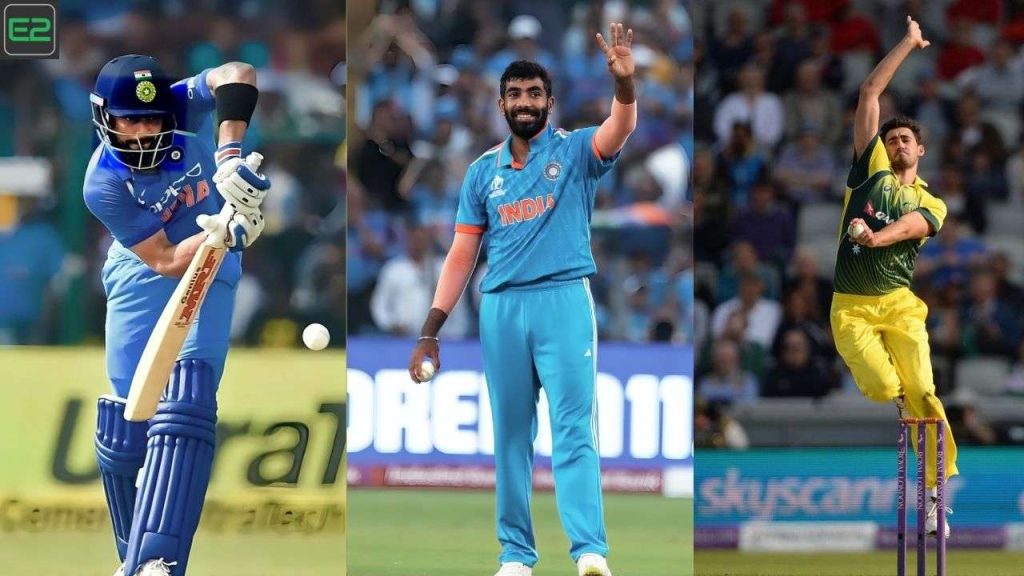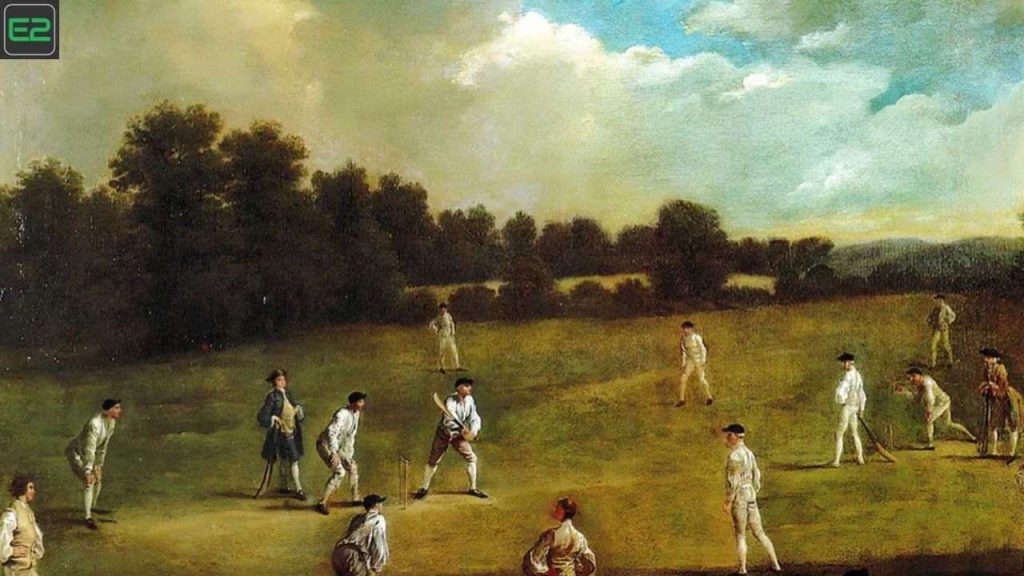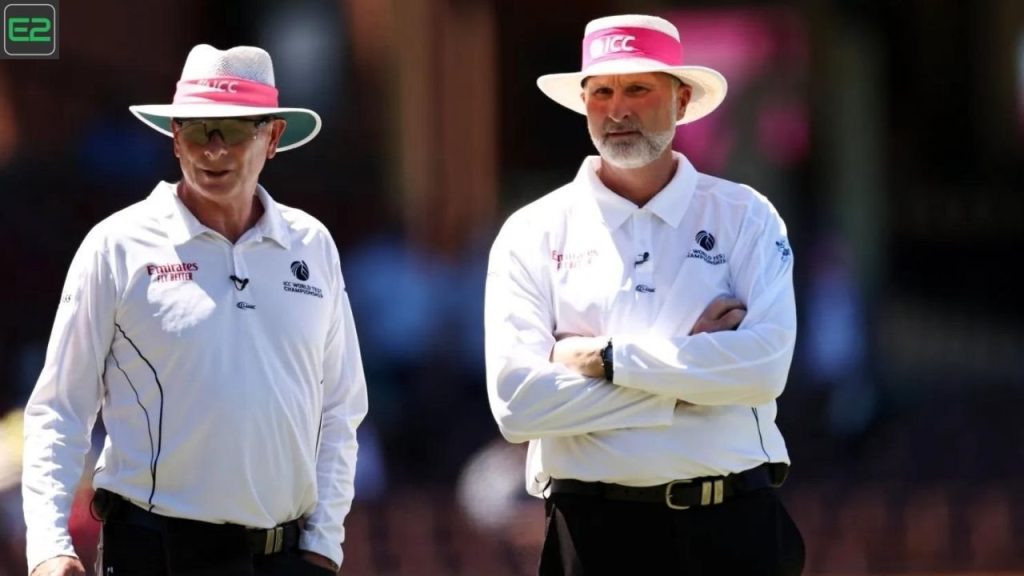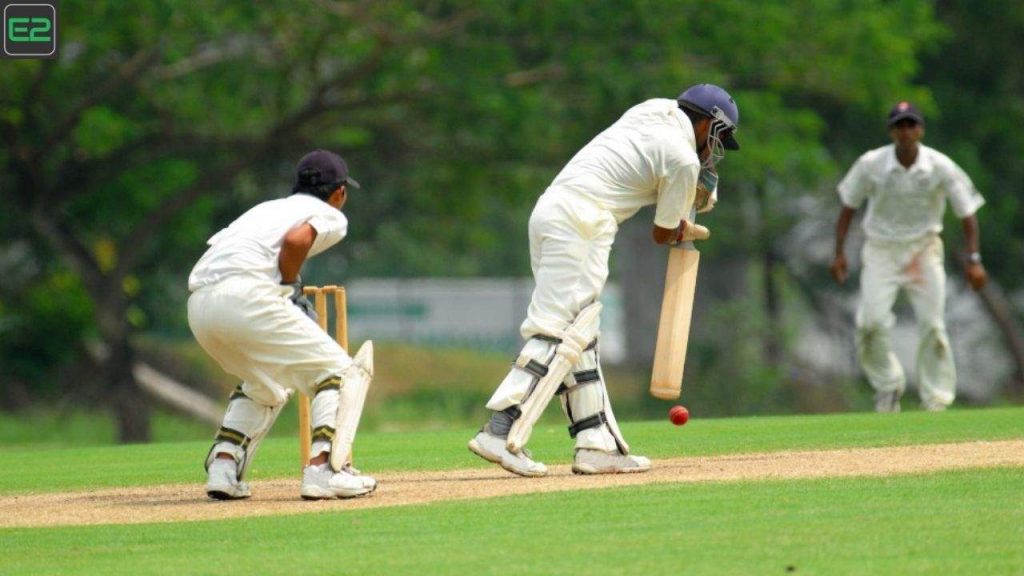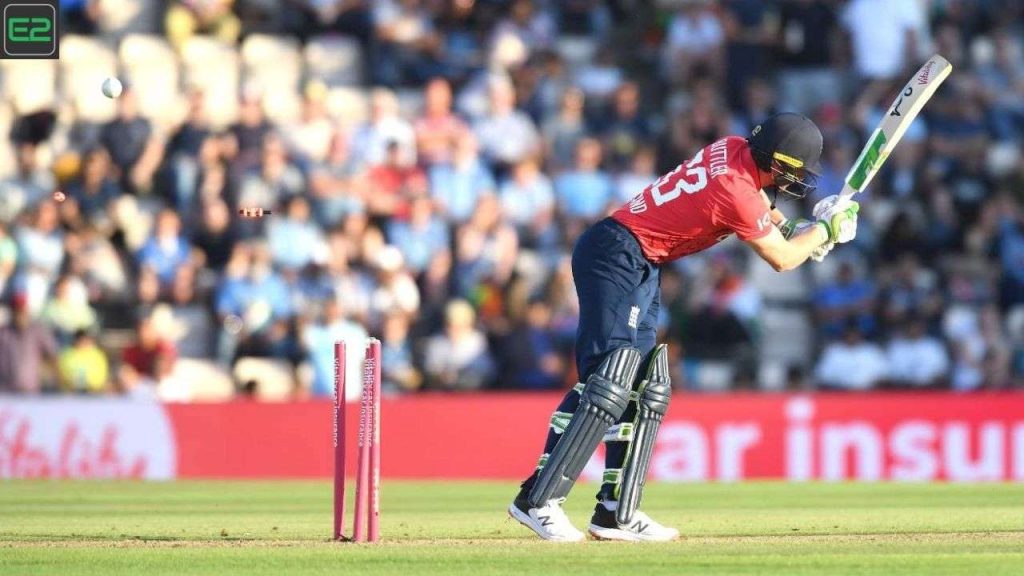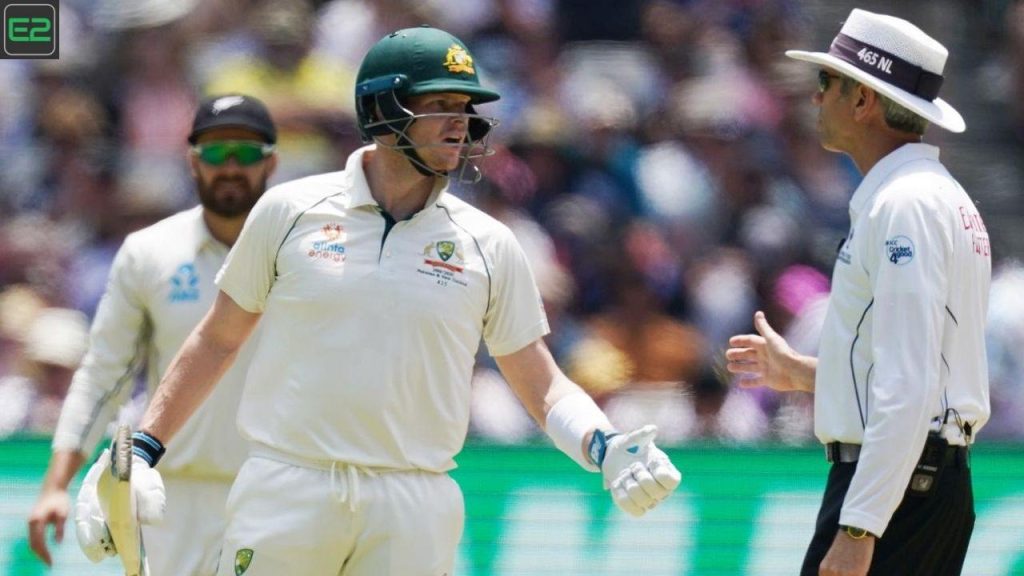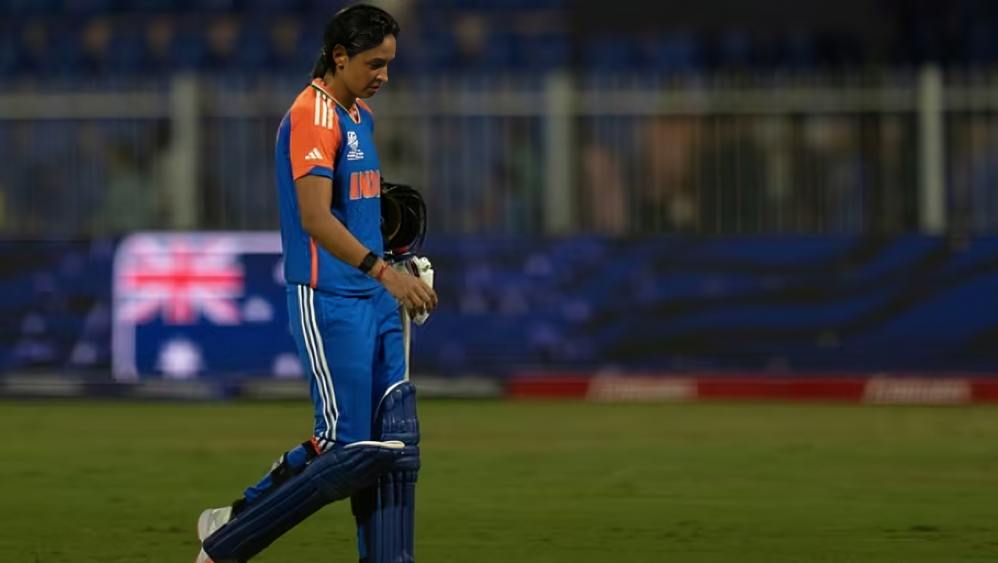Cricket Ground: Cricket, a game with roots spanning centuries, has evolved with various formats, from local club matches to high-profile international tournaments. The dimensions of cricket grounds can vary widely depending on the level of play, the country, and even the specific ground. While we often think of massive international stadiums with expansive fields, there are several smaller grounds that cater to local, domestic, and amateur cricket. But what exactly defines the smallest cricket ground, and how small can these grounds be while still being playable for cricket?
In this article, we will examine the smallest cricket ground dimensions, factors that influence their size, how these grounds are used, and examples of notable small grounds.
What Defines the Smallest Cricket Ground?
The size of a cricket ground typically refers to the playing area, which consists of:
- The Pitch: The central area where the bowler delivers the ball and the batsman stands. The ICC standard pitch length is 22 yards (20.12 meters).
- The Boundary: The outermost edge of the playing field, which can vary in size based on the ground. The boundary is usually marked with a rope, fence, or wall.
- The Outfield: The area between the pitch and the boundary, where fielders are stationed. The size and shape of the outfield significantly affect the size of the cricket ground.
A. Regulatory Minimum Size
According to ICC regulations, the boundary of a cricket ground should not be less than 55 yards (50.29 meters) from the center of the pitch, which is the minimum size stipulated for an international match. This ensures that the game remains competitive, and that players have a fair chance to score, field, and bowl.
However, smaller grounds may have a boundary that is closer than the standard 55 yards, especially for domestic or club-level cricket. These grounds typically have less expansive outfields and are often used for local competitions or community-based events.
Smallest Cricket Ground Dimensions: A Breakdown
Although the ICC provides minimum boundary guidelines, the actual size of cricket grounds can vary widely. Smaller fields, especially those meant for non-professional matches, can be significantly smaller than international stadiums.
Let’s explore the general dimensions and the smallest cricket grounds possible:
| Cricket Ground Type | Minimum Playing Area (in square meters) | Boundary Distance | Typical Use |
|---|---|---|---|
| Small Local Grounds | 40,000 m² (10 acres) | 50–55 yards (46–50 meters) | Club matches, school cricket |
| Medium-Sized Domestic Grounds | 50,000 m² (12.5 acres) | 55 yards (50.29 meters) | Domestic leagues |
| International Grounds | 60,000 m² (15 acres) | 60–70 yards (54.86–64 meters) | International matches (ODIs, Tests, T20Is) |
| Miniature or Amateur Grounds | 30,000 m² (7.5 acres) | 40–45 yards (36.5–41.5 meters) | Informal or beginner cricket |
A. Miniature or Amateur Grounds
The smallest cricket grounds may fall into the Miniature or Amateur Ground category. These grounds are typically used for:
- Beginner Cricket: Teaching young players or newcomers to the game.
- Informal Matches: Friendly or local games between clubs or communities.
- School Grounds: Many schools use smaller, compact fields to introduce cricket to children.
In these types of grounds, the boundary distance may be as small as 40–45 yards (36.5–41.5 meters) from the center of the pitch, which is considerably smaller than the typical 55-yard requirement for competitive cricket. The playing area is also reduced to around 30,000 m² (7.5 acres).
Factors Influencing the Size of the Smallest Cricket Ground
Several factors contribute to the size of the smallest cricket grounds:
A. Level of Play
- Professional vs. Amateur: The size of a cricket ground is often dictated by the level of play. Professional grounds used for international matches must meet the ICC’s minimum boundary regulations. Amateur or club-level grounds, however, can have smaller dimensions, especially for local matches or informal competitions.
B. Location and Space Availability
- Urban Areas: In densely populated urban areas, space for large cricket fields may be limited, which leads to smaller grounds. These grounds may be smaller to accommodate other urban infrastructure or due to a lack of available land.
- Rural Areas: On the other hand, in rural or suburban areas with more available land, cricket grounds tend to be larger. The proximity to urban centers, however, often influences the space available for cricket fields.
C. Age Group and Development Level
- Younger Players: Grounds used for youth or junior cricket often have smaller fields to cater to the developing skills of young players. These fields have smaller boundary distances, and the outfield can be reduced for easier play and safety.
- Training Grounds: Some grounds are designed specifically for training and practice. These may be smaller in order to create a controlled environment, where players can focus on specific skills like batting or bowling without needing an expansive field.
Examples of Small Cricket Grounds
While the smallest cricket grounds are typically not known globally, there are a few examples of smaller grounds used in competitive cricket at the domestic level. Let’s look at a few notable examples of small cricket grounds across the world:
| Stadium | Location | Size of Playing Area | Boundary Distance | Seating Capacity | Use |
|---|---|---|---|---|---|
| Eden Park | Auckland, New Zealand | 50,000 m² (12.5 acres) | 55 yards (50.29 meters) | 50,000 | International Matches |
| Newlands Cricket Ground | Cape Town, South Africa | 55,000 m² (13.5 acres) | 55 yards (50.29 meters) | 25,000 | International Matches |
| Seddon Park | Hamilton, New Zealand | 40,000 m² (10 acres) | 55 yards (50.29 meters) | 10,000 | Domestic/Club Matches |
| Auckland Domain | Auckland, New Zealand | 30,000 m² (7.5 acres) | 45–50 yards (41.5–46 meters) | Informal/School Cricket | Local Matches, School Games |
- Eden Park (Auckland, New Zealand): Eden Park is a relatively smaller ground compared to many international venues, with a boundary distance of 55 yards. Despite its smaller size, it has hosted several high-profile international matches.
- Seddon Park (Hamilton, New Zealand): Seddon Park is another smaller ground used for domestic and international cricket. It is compact in size and often hosts domestic matches, featuring a boundary of 55 yards.
- Auckland Domain (Auckland, New Zealand): This is an example of a small ground used for informal or school-level cricket. The boundary is between 45–50 yards, making it ideal for local, youth, or amateur competitions.
Benefits and Drawbacks of Small Cricket Grounds
A. Benefits
- Faster Games: Smaller boundaries and smaller fields can lead to quicker, more exciting matches where players have fewer opportunities to cover ground.
- Ideal for Beginners: Small grounds are great for introducing children and newcomers to cricket, as they require less space and allow for more accessible play.
- Convenience: Smaller grounds can be easier to manage and maintain, especially for local clubs and schools with limited resources.
B. Drawbacks
- Limited Fielding Opportunities: A smaller outfield reduces the chances for fielders to practice skills like chasing down balls or positioning themselves for boundary saves.
- Predictable Play: The compact size may lead to predictable outcomes where high scores and quick runs are more common due to the short distances, which could lessen the excitement for professional players.
- Space Limitations: Smaller grounds may not be able to host large audiences or provide adequate infrastructure like seating, VIP zones, and media facilities.
Conclusion
The smallest cricket grounds can be surprisingly compact, sometimes shrinking to as little as 30,000 m² (7.5 acres). These grounds typically serve local, amateur, and school-level cricket, where the emphasis is on training and recreational play rather than the high demands of professional matches. Despite their size, small grounds can provide an exciting, fast-paced version of cricket and serve as crucial platforms for introducing new players to the game.
For larger-scale events, international grounds must meet specific ICC regulations with boundary distances of at least 55 yards (50.29 meters) and a minimum playing area of 50,000 m². However, for those just getting started or for informal matches, smaller cricket grounds provide the perfect environment for learning and community participation in the sport.
Understanding the role of these smaller grounds is vital to appreciating the game’s diversity across levels of competition.


